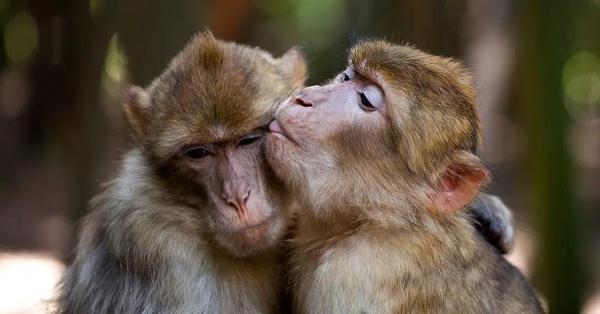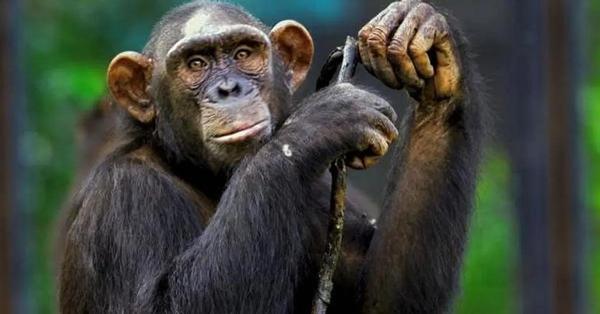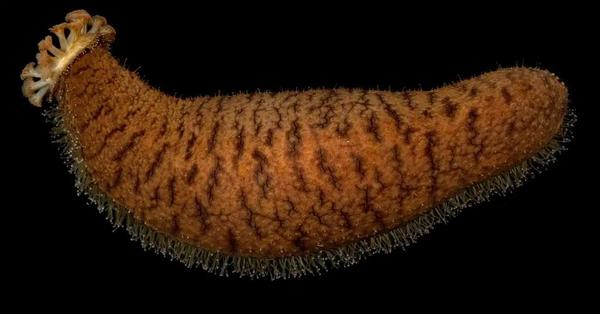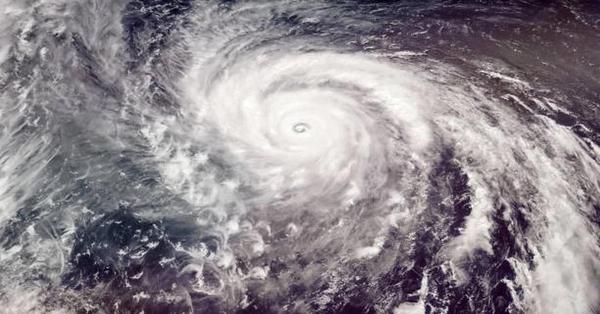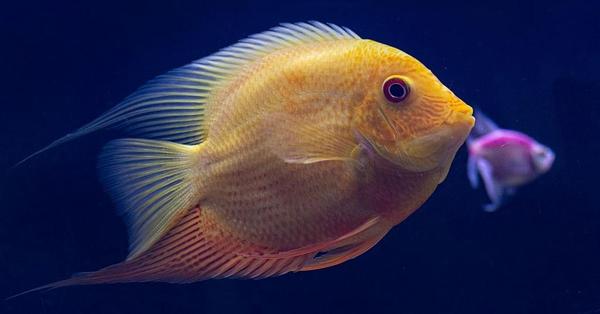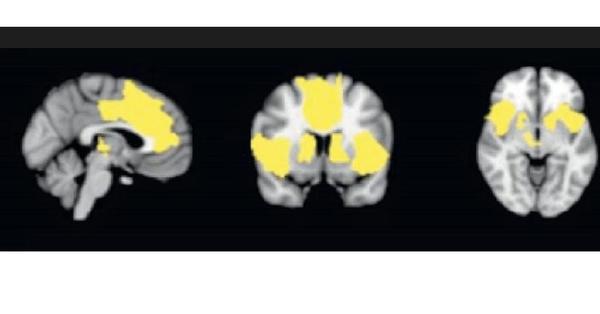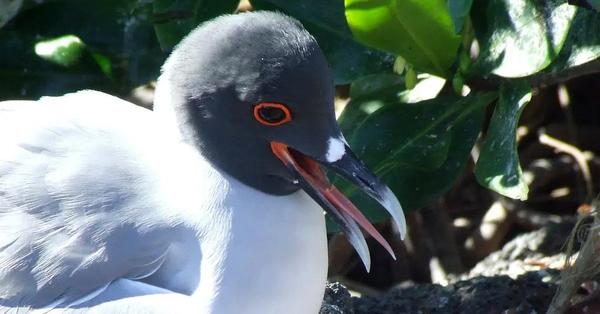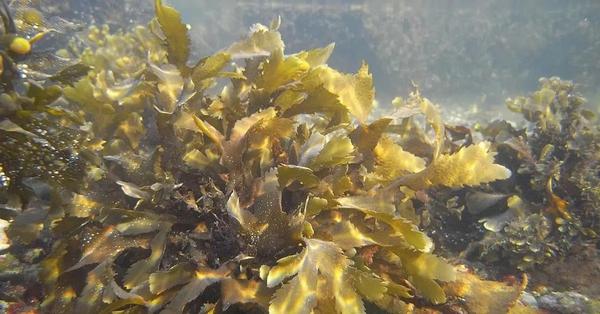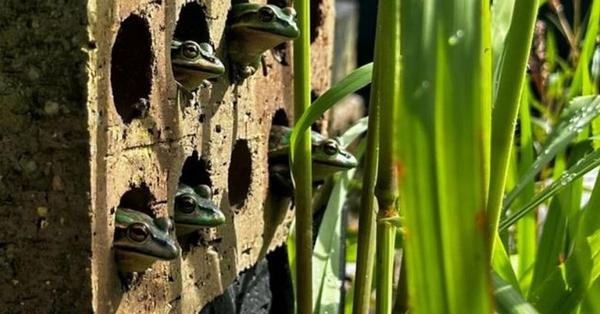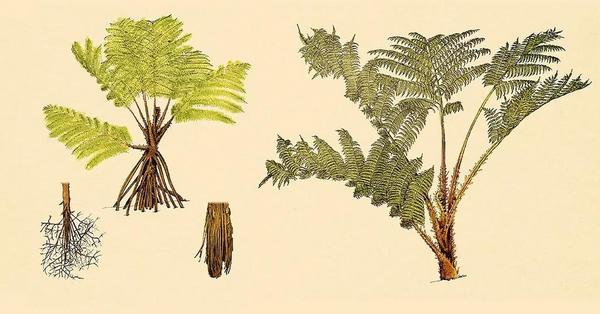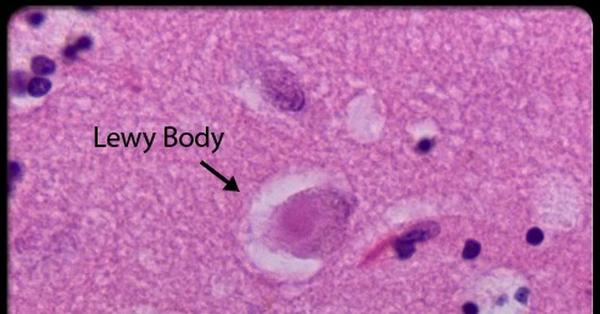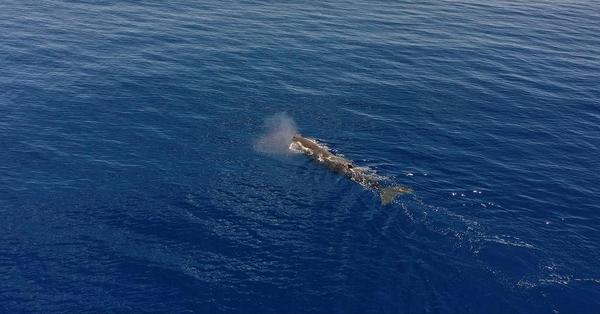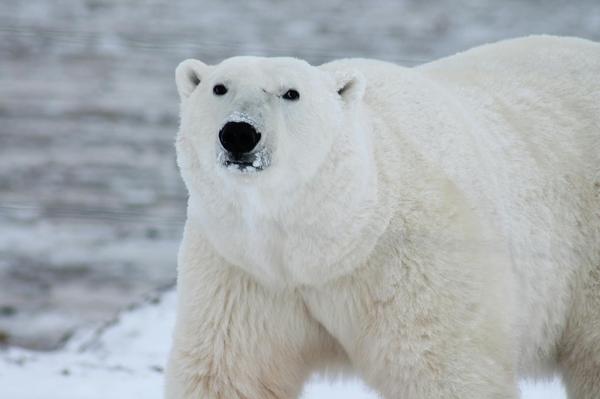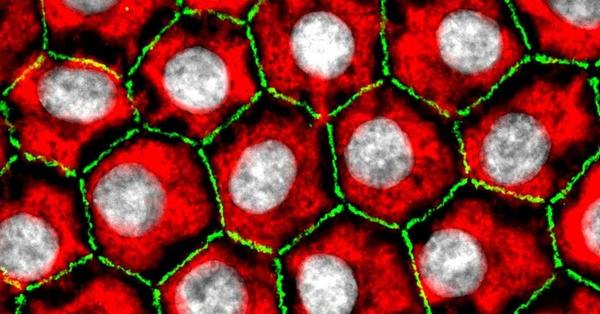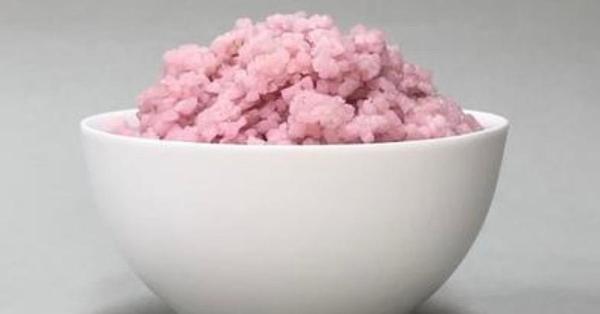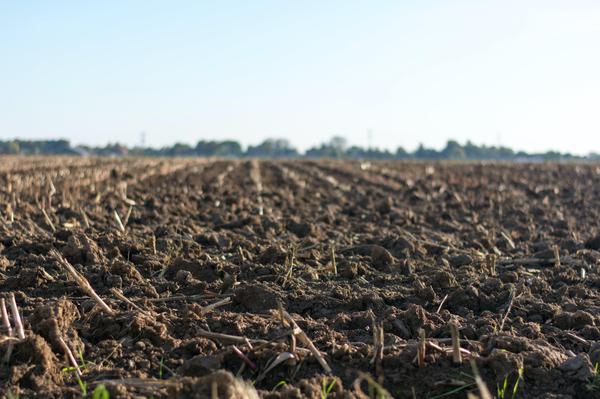Deccan Herald
•
30th March 2024
Cells that make up our body
Life, in short, is a complex melange of cells. According to recent estimates, on average, there are 36 trillion cells in men, 28 trillion in women, and 17 trillion in a child. In this medley, scientists recognize 400 types of cells in the human body, each with its distinct shape, size and function, perfected over billions of years through evolution. Recently, scientists created the first human cell tree map to understand how cells are distributed throughout our body. The insights give us a sense
